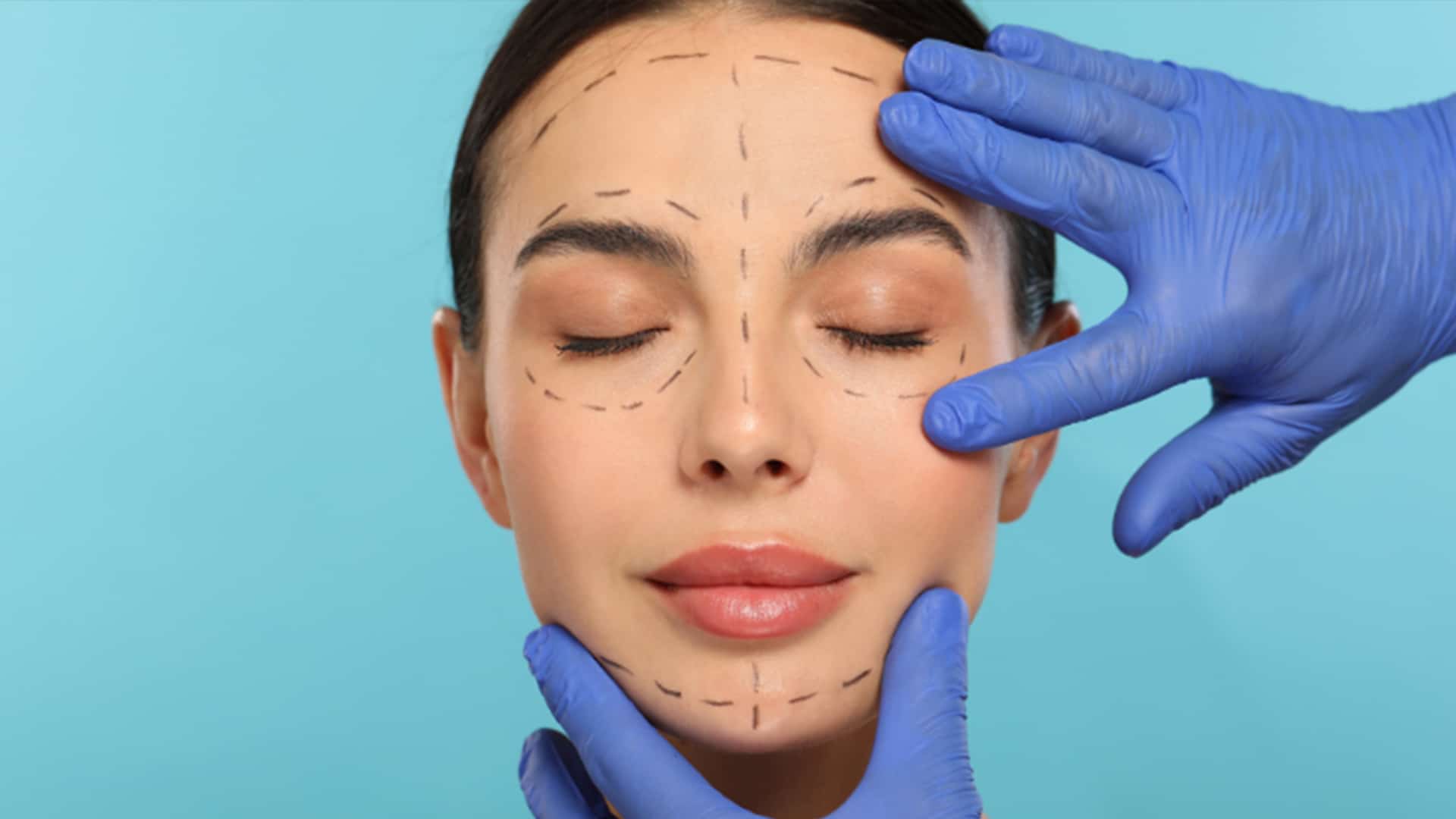Your website isn’t just a digital brochure – it’s your most powerful marketing tool. Having a sleek, informative, and well-optimized website is non-negotiable for cosmetic surgeons. Whether potential clients are researching procedures, comparing providers, or reading reviews, their first impression starts with your site.
If your cosmetic surgery website isn’t performing as well as you’d like (whether it’s struggling with traffic, leads, or conversions), it’s time to fine-tune its SEO, content, and user experience. Here’s how to optimize your cosmetic surgery website and attract more of the right visitors.
Understand Your Audience and Their Needs
Effective optimization starts with clarity. This means knowing who you’re trying to reach and what they’re looking for. Potential cosmetic surgery clients aren’t all the same. Some are young professionals considering a rhinoplasty; others may be older clients researching facelifts or body contouring. Each group will have different questions, concerns, and search behaviors.
Start by identifying:
- The procedures your ideal clients are researching
- Common questions they ask pre-surgery
- Concerns around safety, recovery, and results
- Their emotional motivators (confidence, aging, self-image)
When you understand your audience, you can craft website content and SEO strategies that speak directly to their goals and anxieties.
Perform a Comprehensive SEO Audit
Before you can improve, you need to know what’s currently holding your website back. An SEO audit will give you a full picture of how your website is performing in search engines.
Key things to review:
- Site Speed: A slow website can hurt rankings and frustrate visitors.
- Mobile Optimization: Over 60% of website traffic comes from mobile. Your site must be responsive and easy to use on smaller screens.
- Meta Titles and Descriptions: Are they optimized with keywords that real clients search for?
- Broken Links and Errors: Fix any 404 errors or links to outdated pages.
- Content Gaps: Are there procedures or services you offer that aren’t well-represented online?
If you’re not sure where to begin, consider working with a specialist in SEO for cosmetic surgeons to streamline your audit and prioritize the right fixes.
Optimize for Local Search
Cosmetic surgery is a highly localized service – your ideal clients are looking for providers in their area. If your site isn’t showing up when people search “tummy tuck in Houston” or “best facelift surgeon near me,” you’re missing a major opportunity.
Local SEO essentials include:
- Google Business Profile: Make sure it’s claimed, fully filled out, and regularly updated with posts and images.
- NAP Consistency: Your Name, Address, and Phone Number must be consistent across all directories and citations.
- Location-Specific Pages: Create content for each clinic location if you have more than one.
- Local Reviews: Encourage satisfied clients to leave positive reviews on Google, Healthgrades, RealSelf, or similar platforms.
Create Procedure-Specific Pages
Too many cosmetic surgery websites lump all services into a single page. This hurts SEO and leaves visitors with more questions than answers. Instead, build a dedicated, SEO-optimized landing page for each procedure you offer.
Each page should include:
- A clear description of the procedure
- Ideal candidates
- Recovery time
- FAQs
- Before-and-after photos (with permission)
- A strong call-to-action, like “Book Your Consultation”
Make sure each page is optimized with keywords people actually search, like “breast augmentation recovery” or “cost of eyelid surgery in [City Name].”
Make Your Website Trustworthy
Cosmetic surgery is a high-consideration purchase. Potential clients need to feel confident in your expertise before reaching out. Your website must establish trust at every touchpoint.
Here’s how:
- Professional Design: A dated site design can make your practice seem outdated too.
- Doctor Credentials: Showcase certifications, experience, and training.
- Patient Testimonials: These are powerful trust-builders. Use video if possible.
- Before-and-After Gallery: One of the most viewed sections on cosmetic websites – make it high-quality and easy to navigate.
- Secure Site (HTTPS): Especially important if you accept online consultations or contact forms.
Improve Technical SEO
Beyond content and user experience, your website needs clean technical foundations to perform well in search.
Consider these technical improvements:
- Schema Markup: Helps search engines understand your services and highlight rich results (like star ratings).
- Internal Linking: Guides visitors to relevant pages and keeps them on your site longer.
- Image Optimization: Compress images for fast loading, and always use descriptive alt tags.
- Mobile-First Indexing: Google now ranks the mobile version of your site, not the desktop one.
Regular technical maintenance ensures your site stays in top shape and compliant with search engine standards.
Offer Online Booking or Virtual Consultations
Today’s consumers value convenience, especially when researching medical procedures. By offering online consultation bookings or virtual pre-surgery assessments, you reduce friction in the decision-making process.
Features that improve engagement and conversion:
- Simple online booking forms
- Live chat options
- Secure video consultation tools
- Email reminders and follow-ups
These tools enhance user experience and also show you’re running a modern, patient-focused practice.
Track Performance and Adjust
Website optimization isn’t a one-and-done task. To keep improving, you need to track how your website is performing and make data-driven changes over time.
Use tools like:
- Google Analytics to monitor traffic sources, bounce rates, and conversions
- Google Search Console to see how your site ranks and fix any crawl issues
- Heatmaps (like Hotjar) to visualize where users click, scroll, or get stuck
By reviewing performance monthly, you’ll be able to spot trends, identify issues early, and tweak your SEO or UX strategies for better results.
Conclusion
Your cosmetic surgery website is more than a digital business card – it’s often the first step in a patient’s decision to trust you with their appearance and confidence. By investing in SEO, content clarity, local optimization, and trust-building elements, you’ll turn casual browsers into loyal clients.
If you’re ready to get serious about online visibility and client acquisition, partnering with an expert in SEO can help transform your website into a top-performing digital asset.




